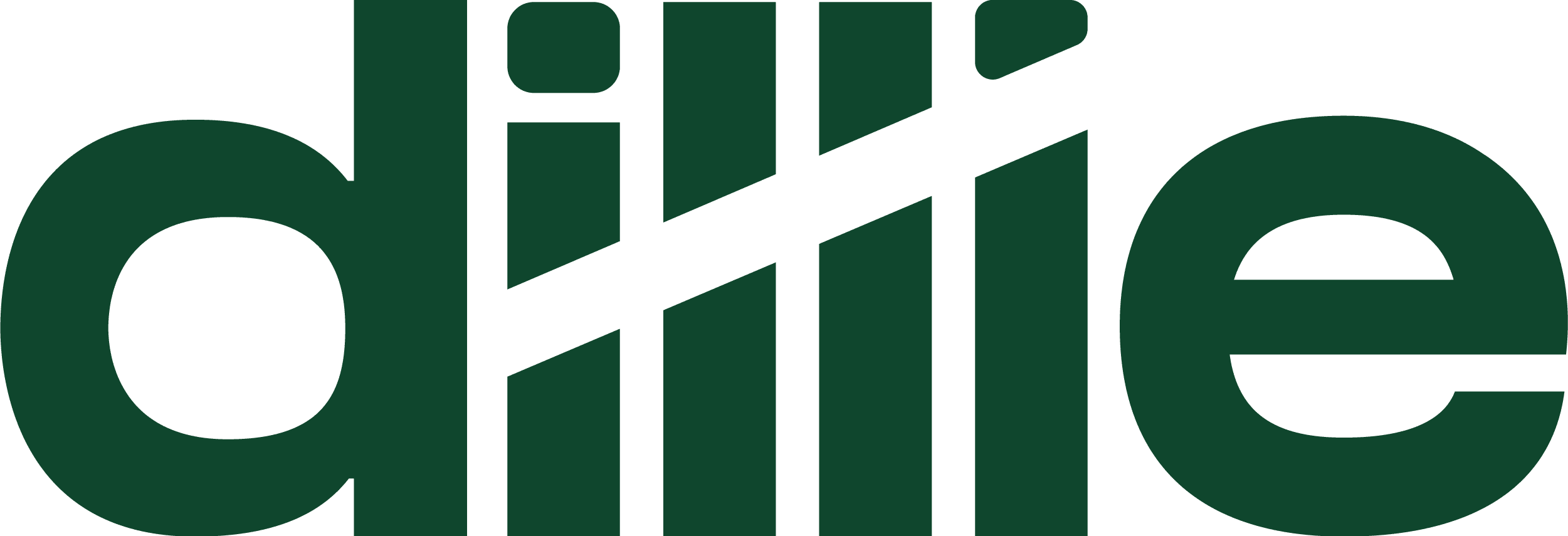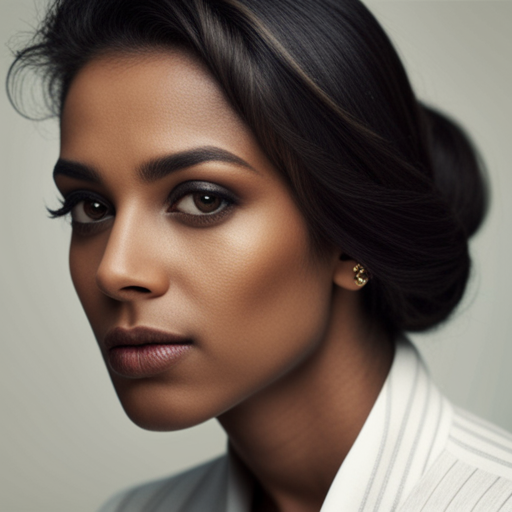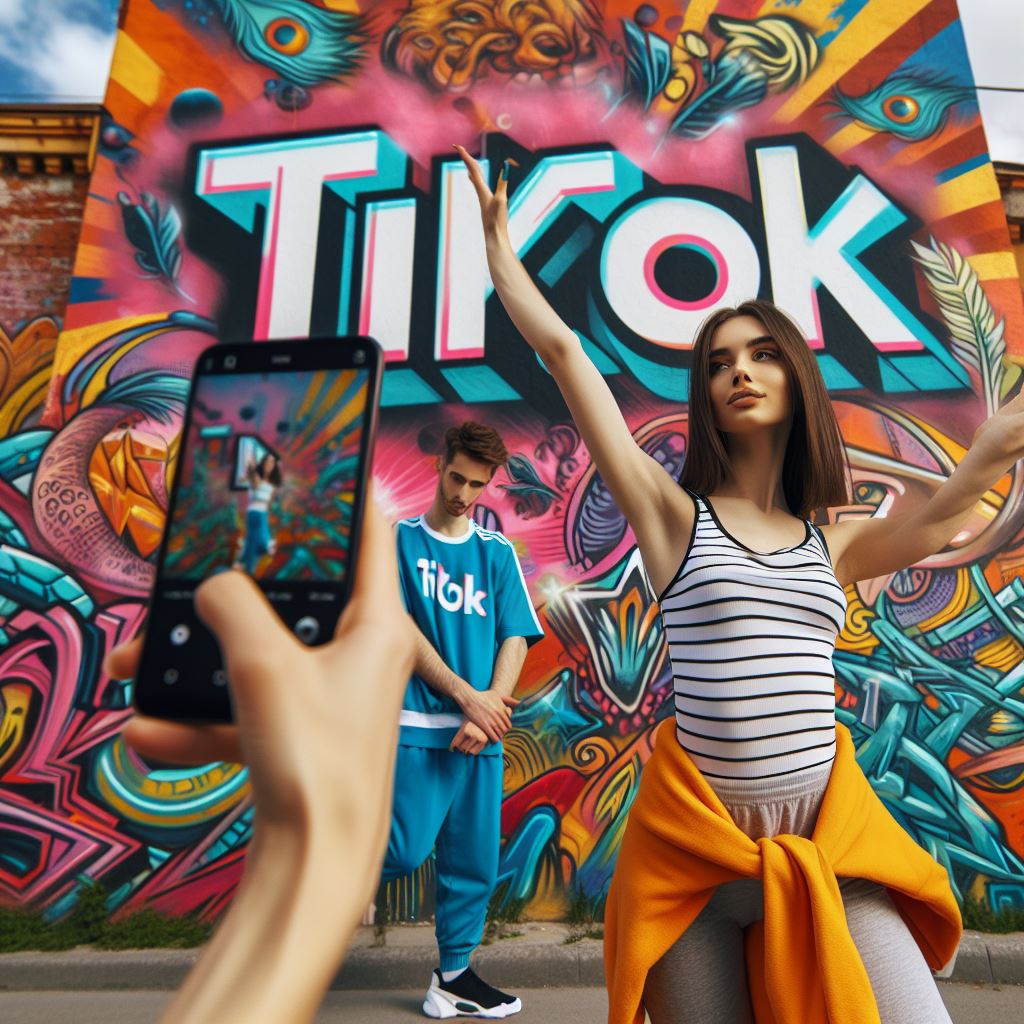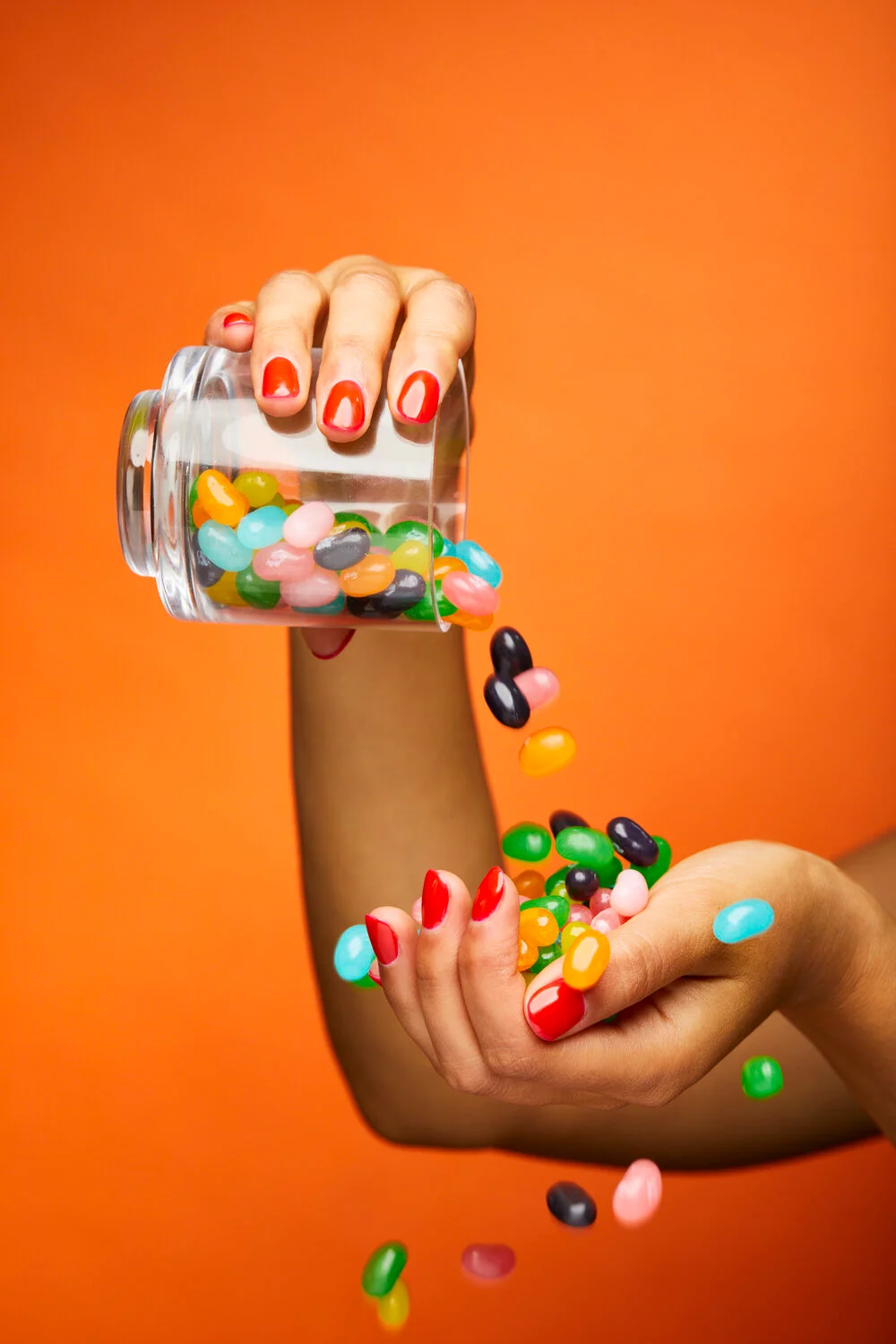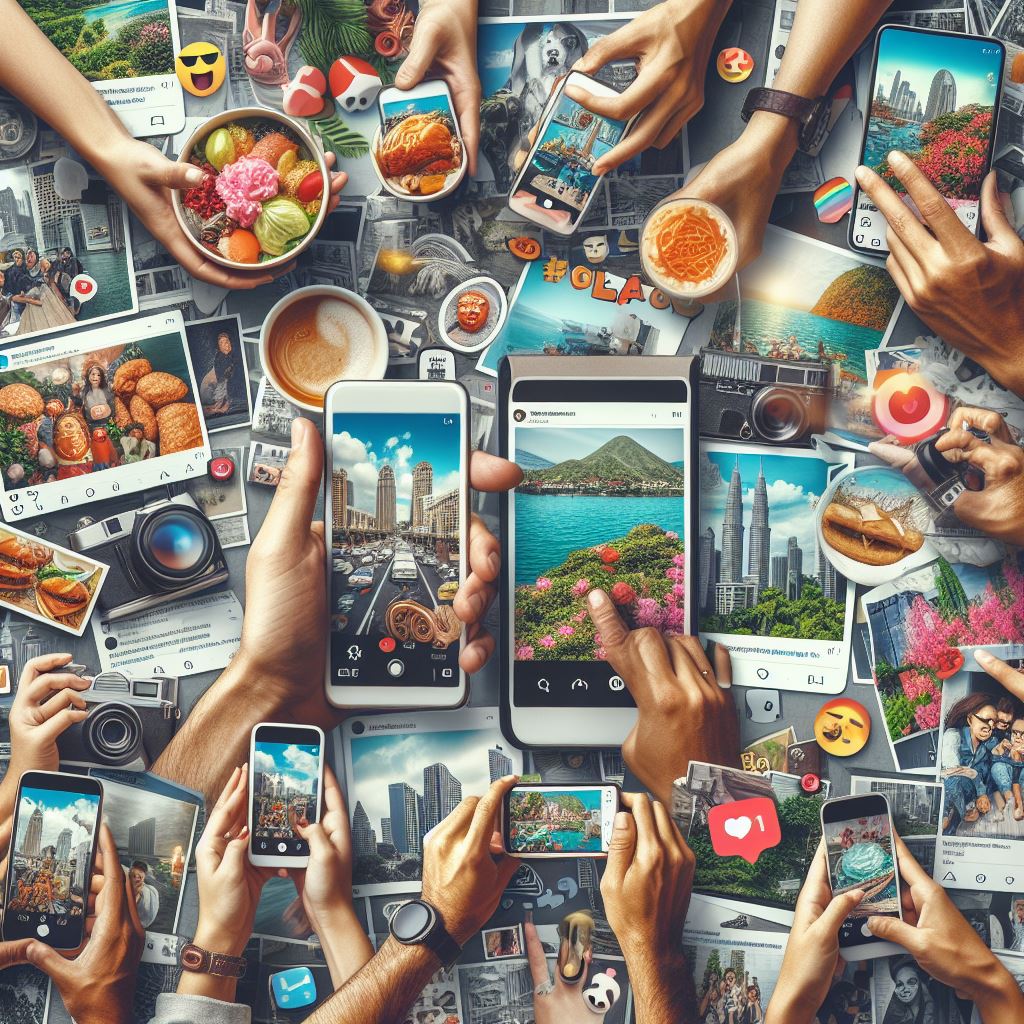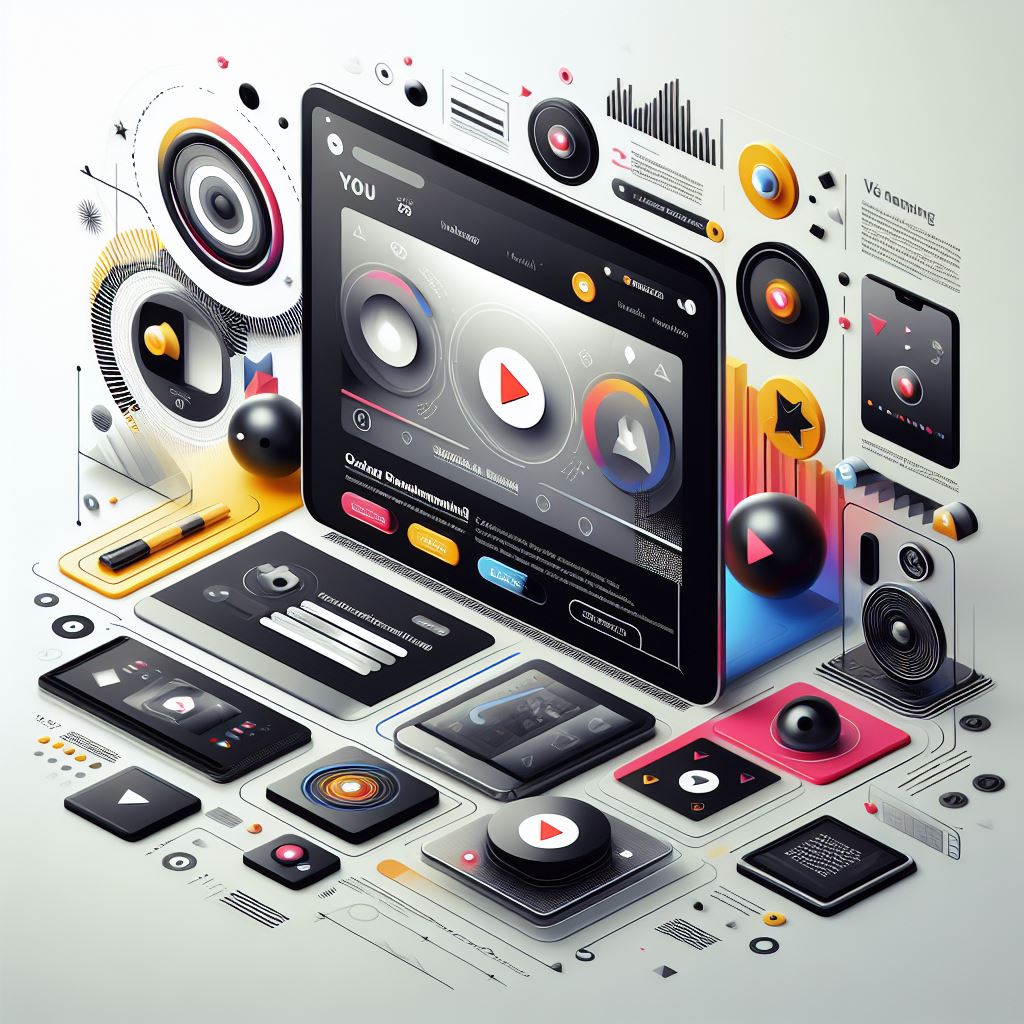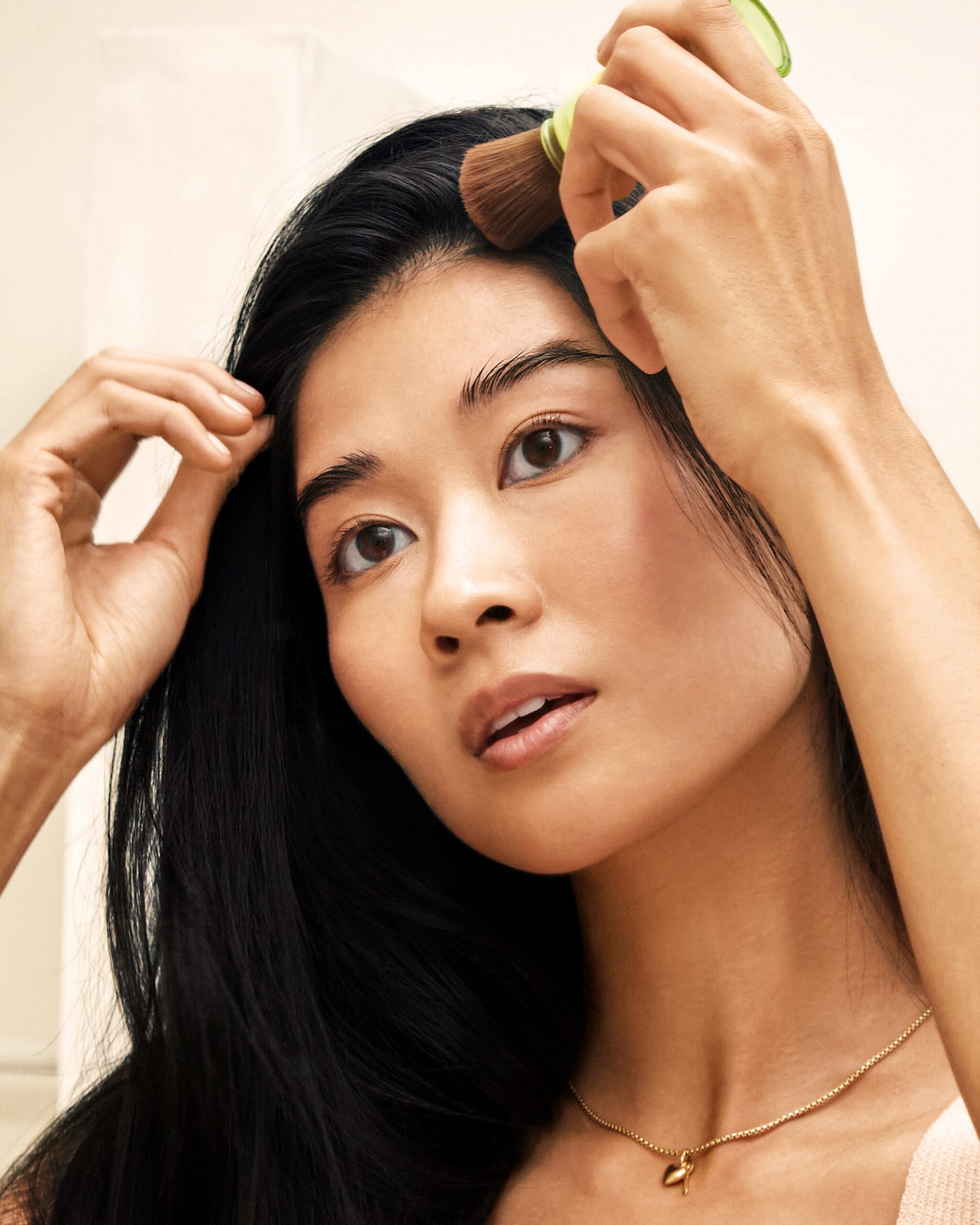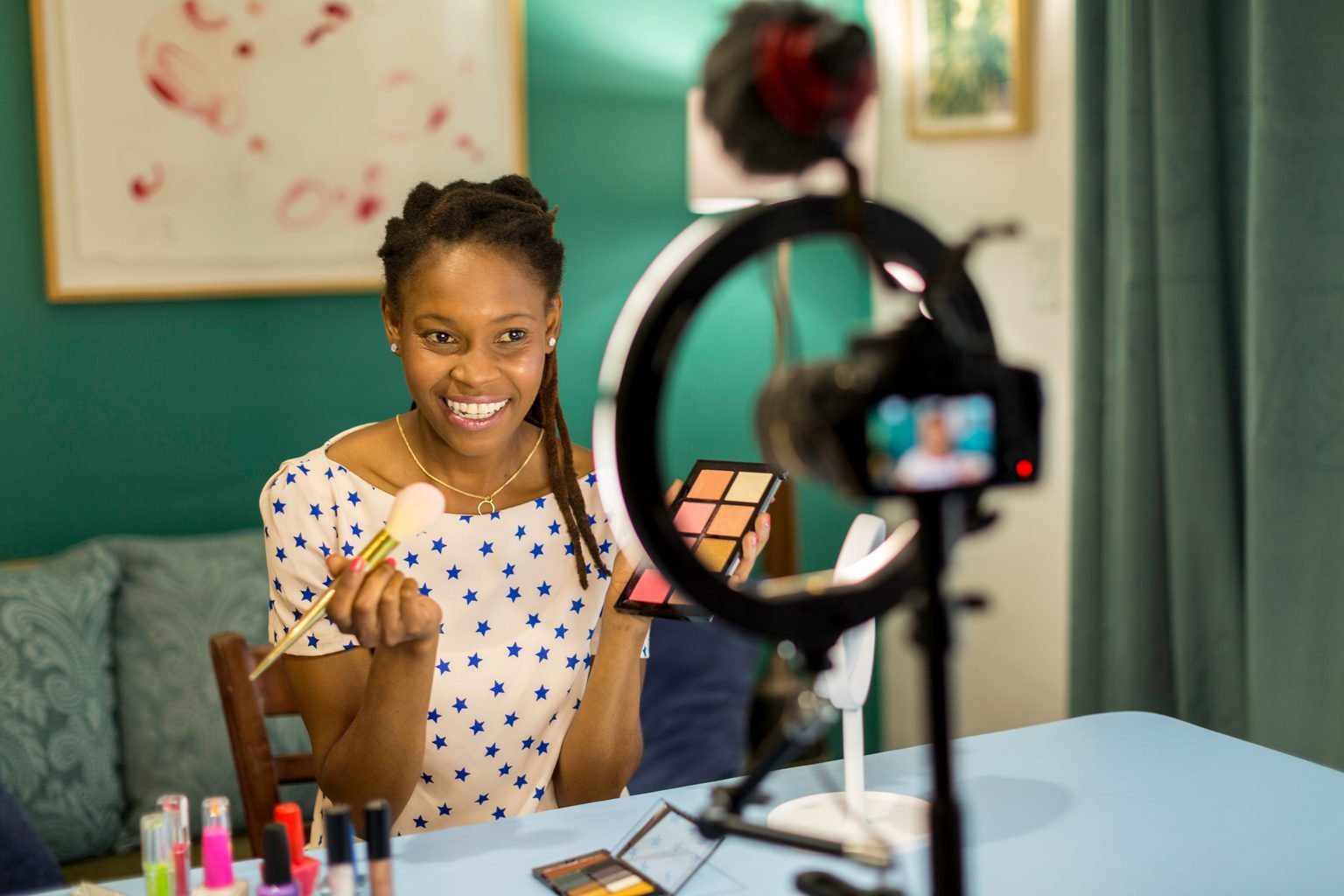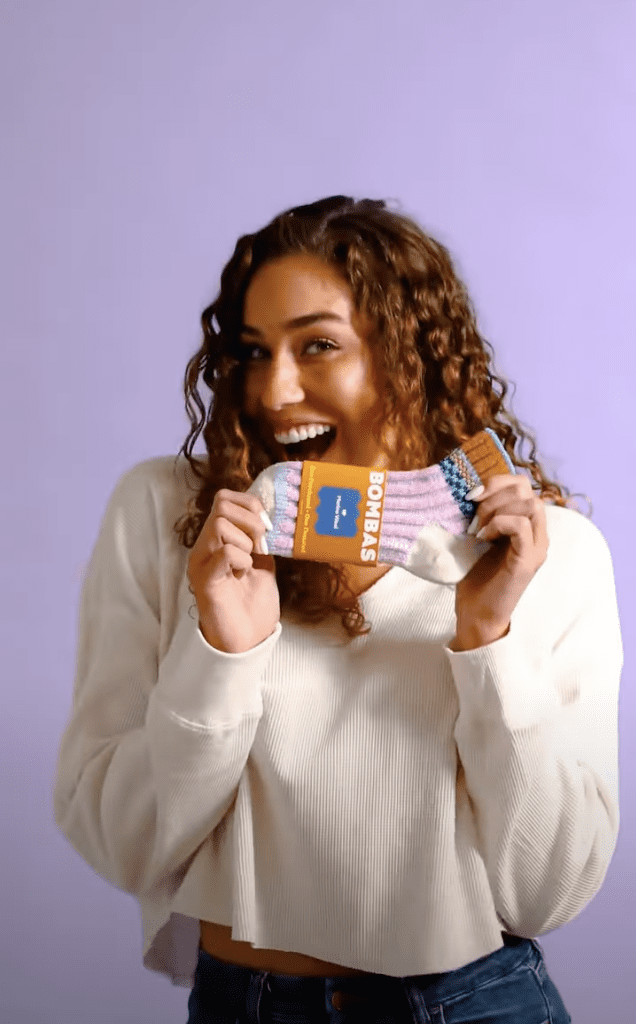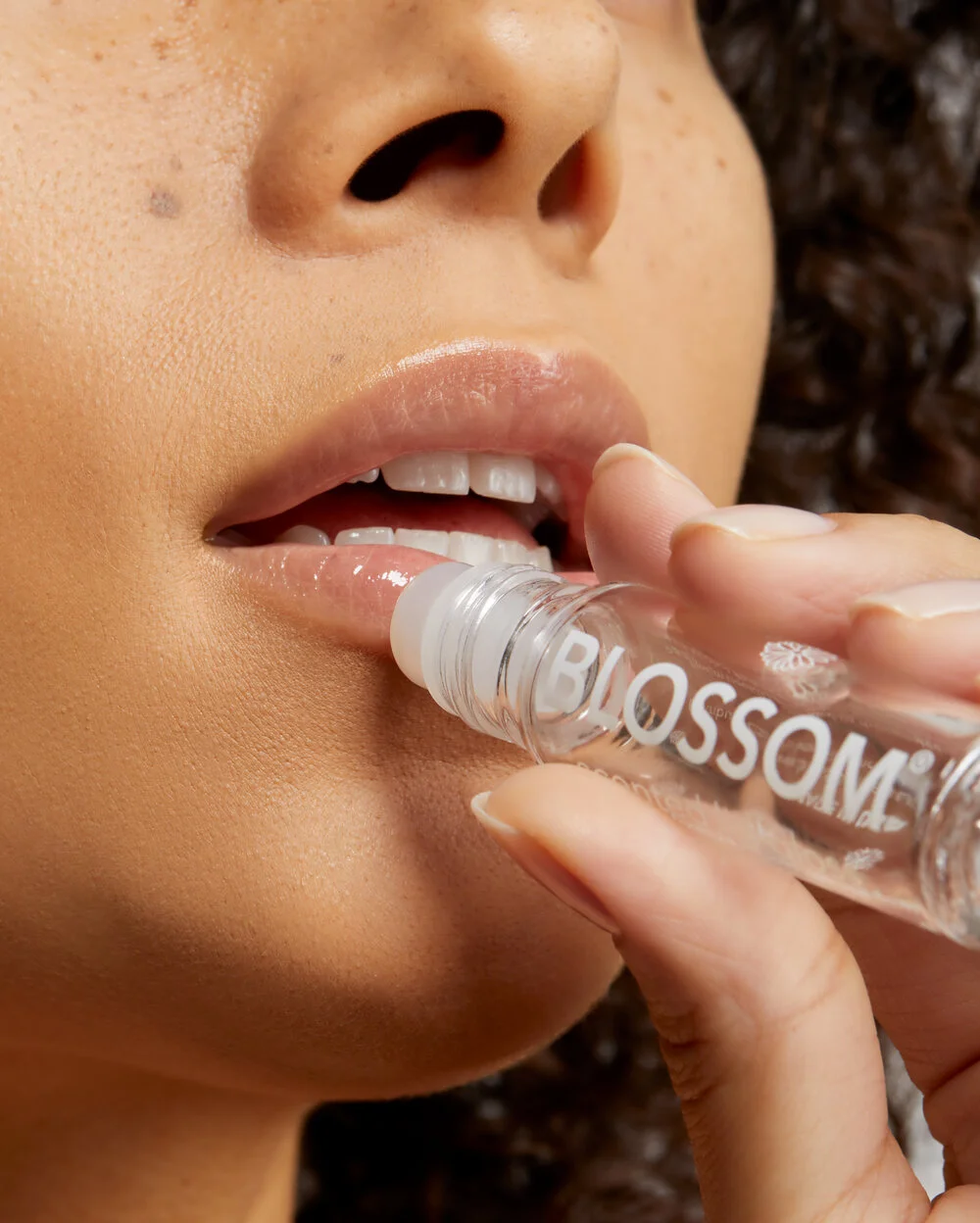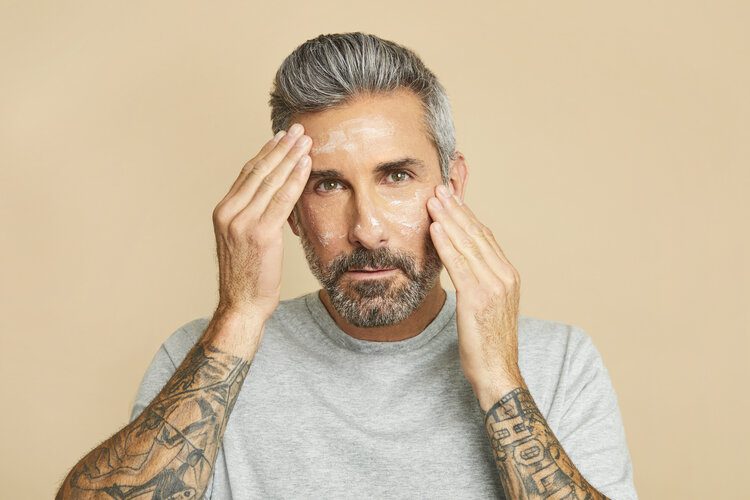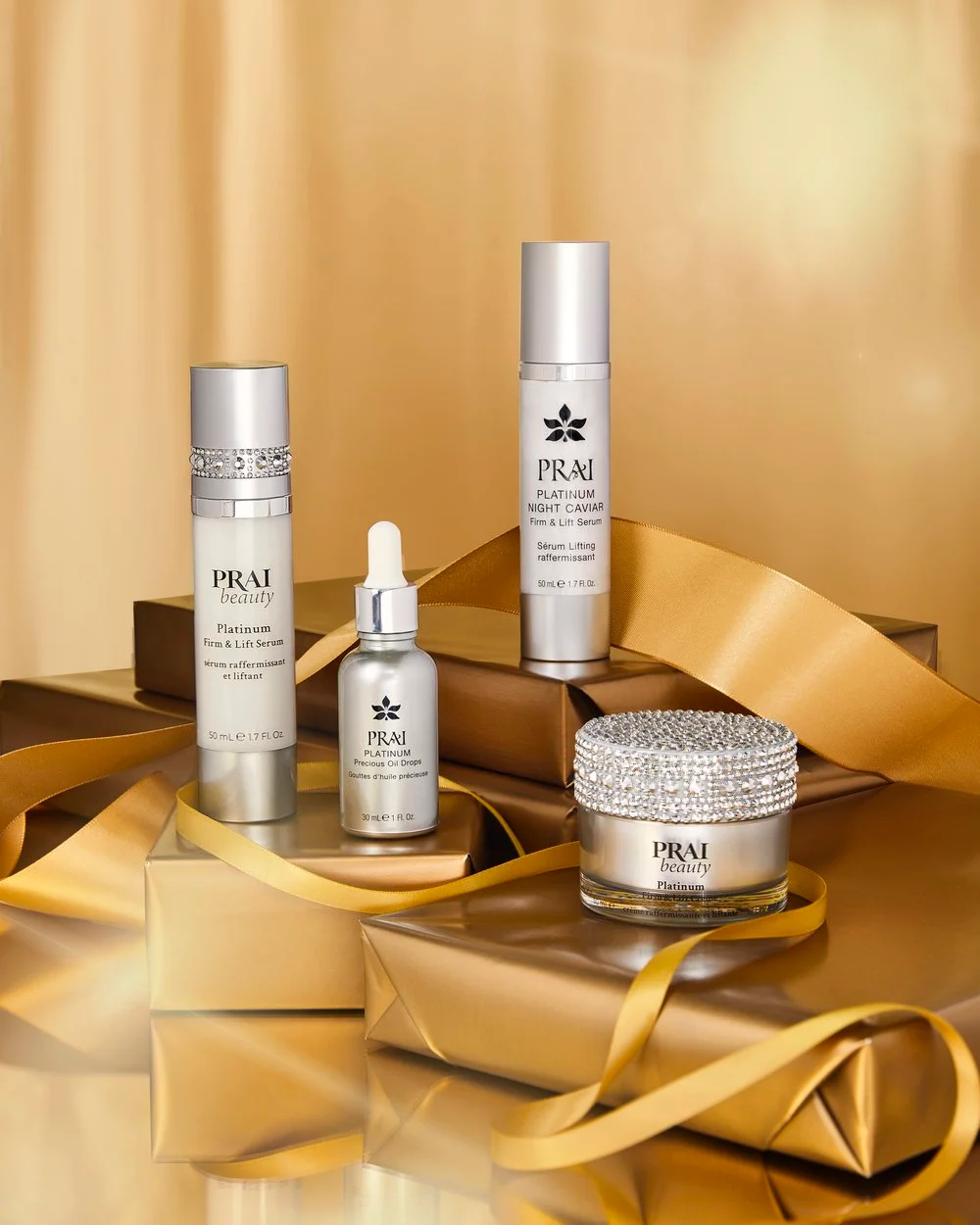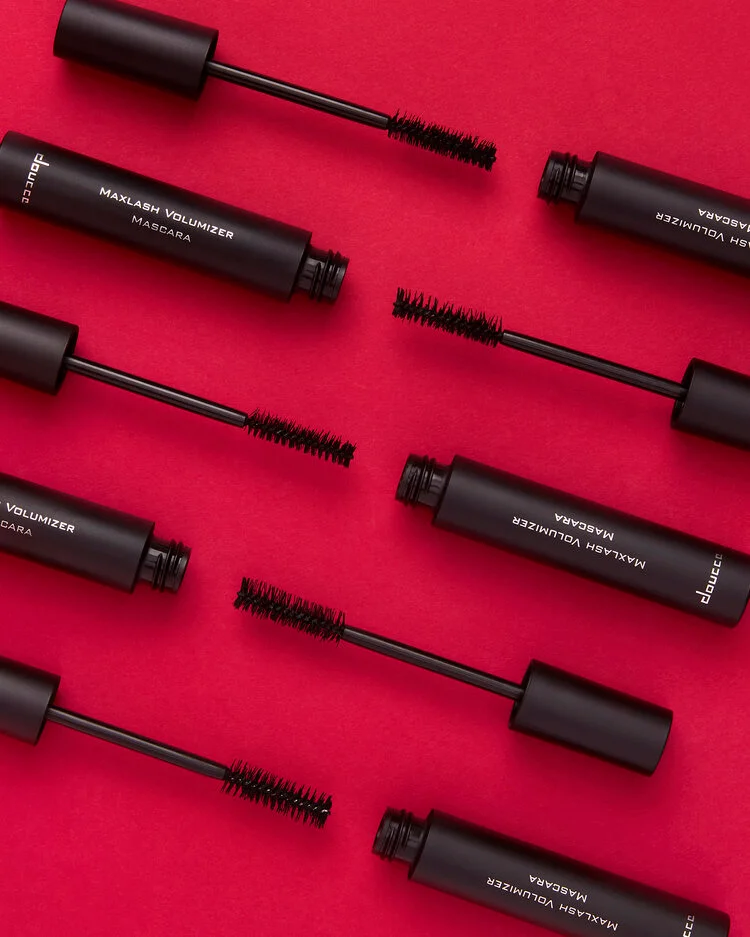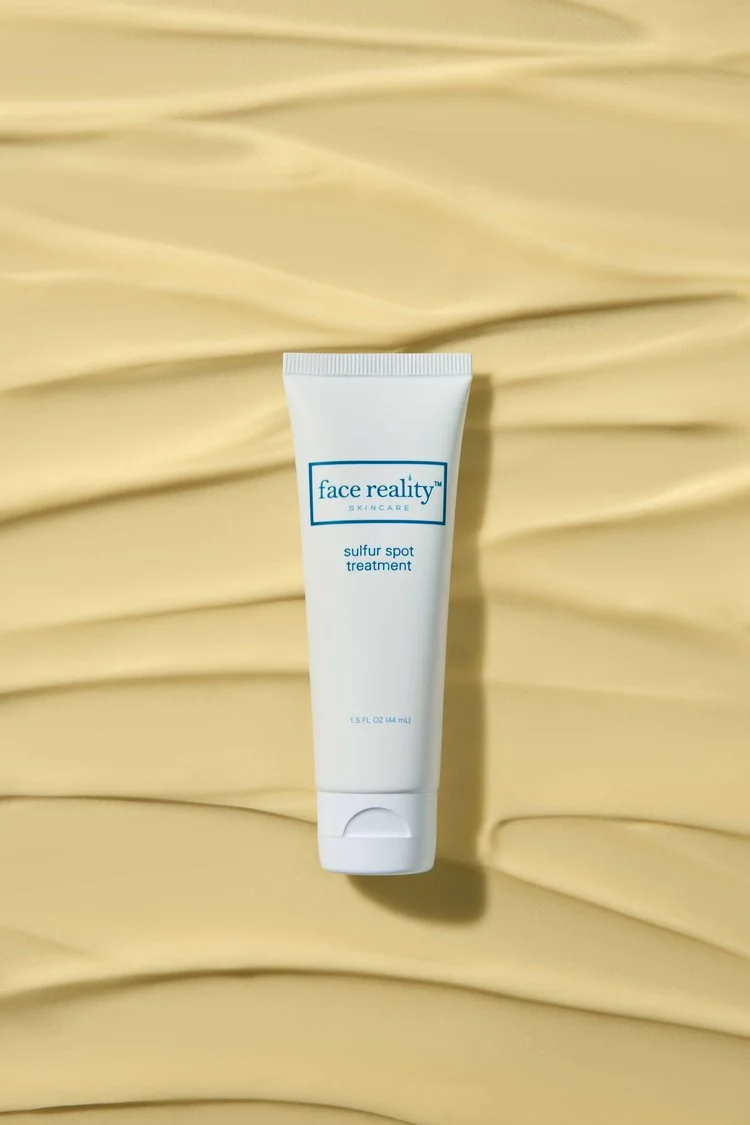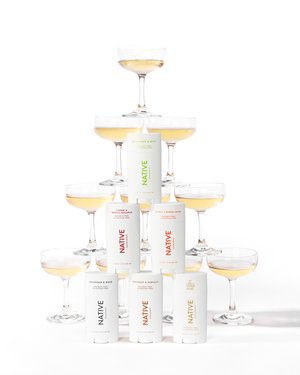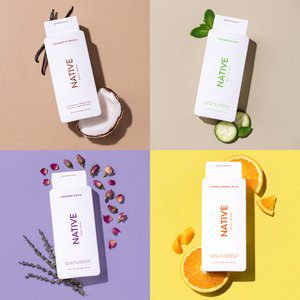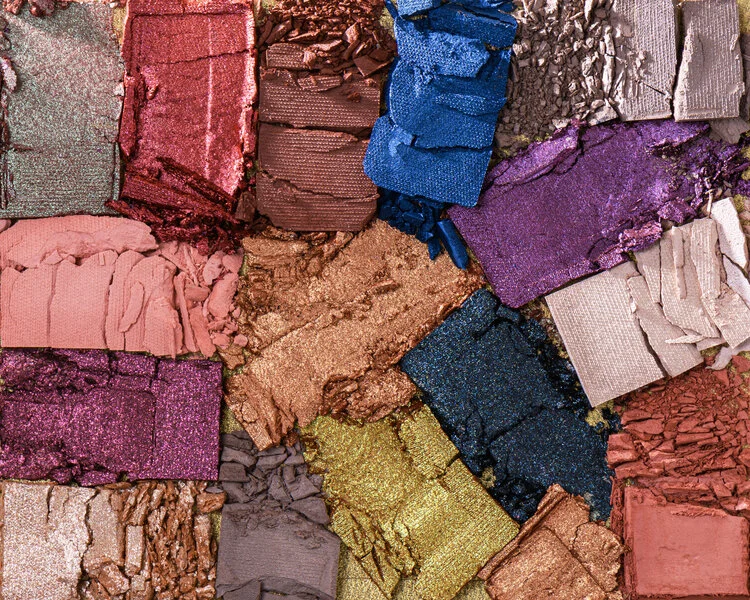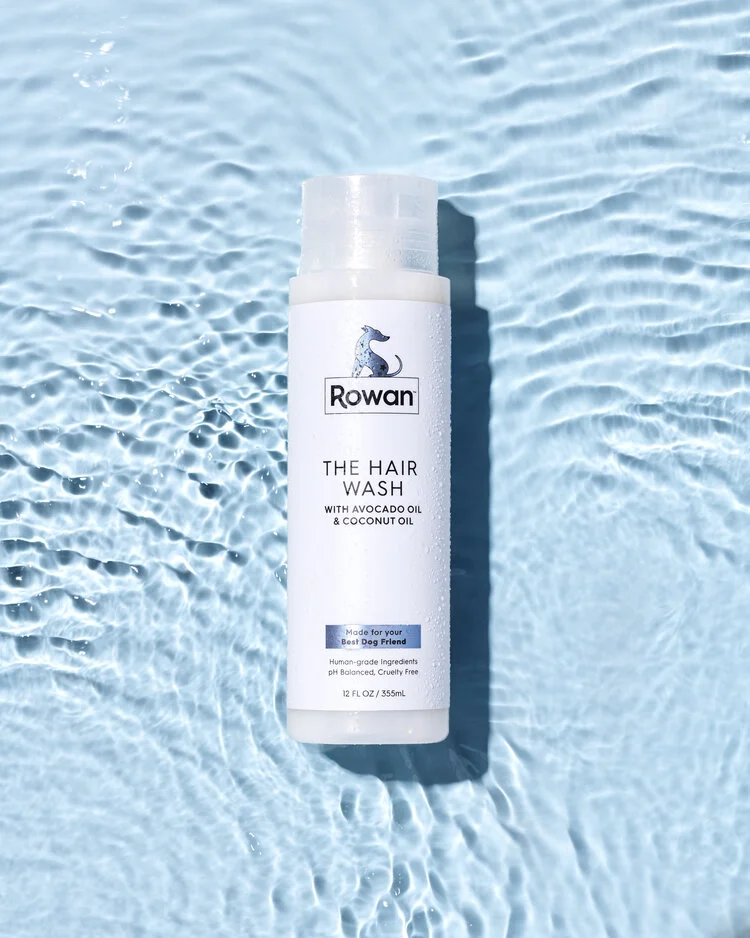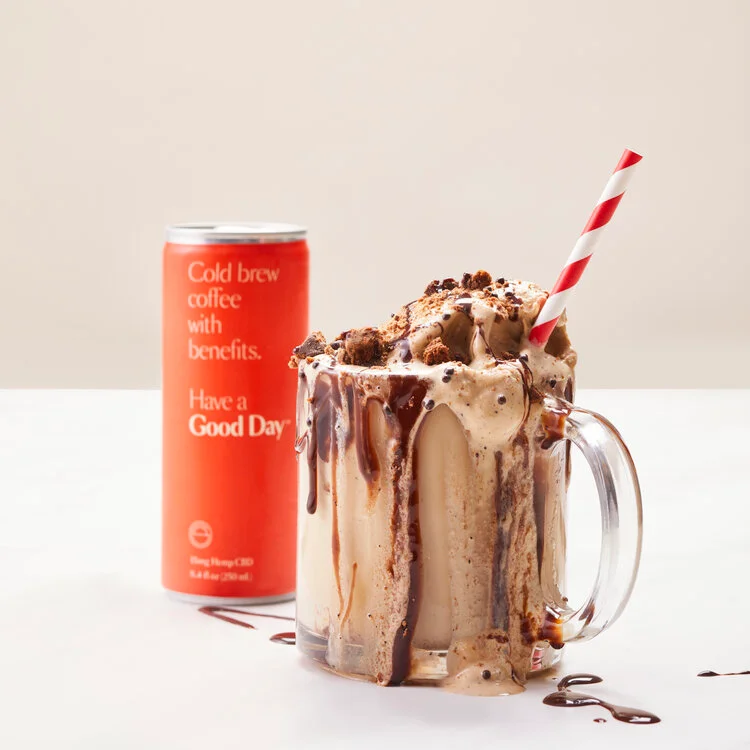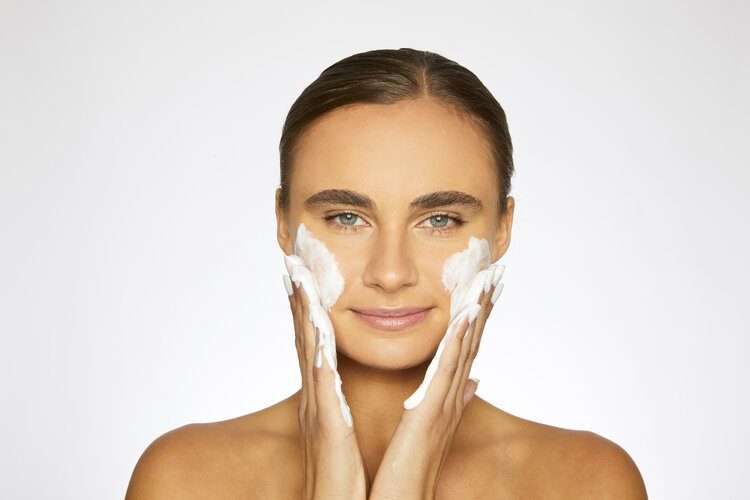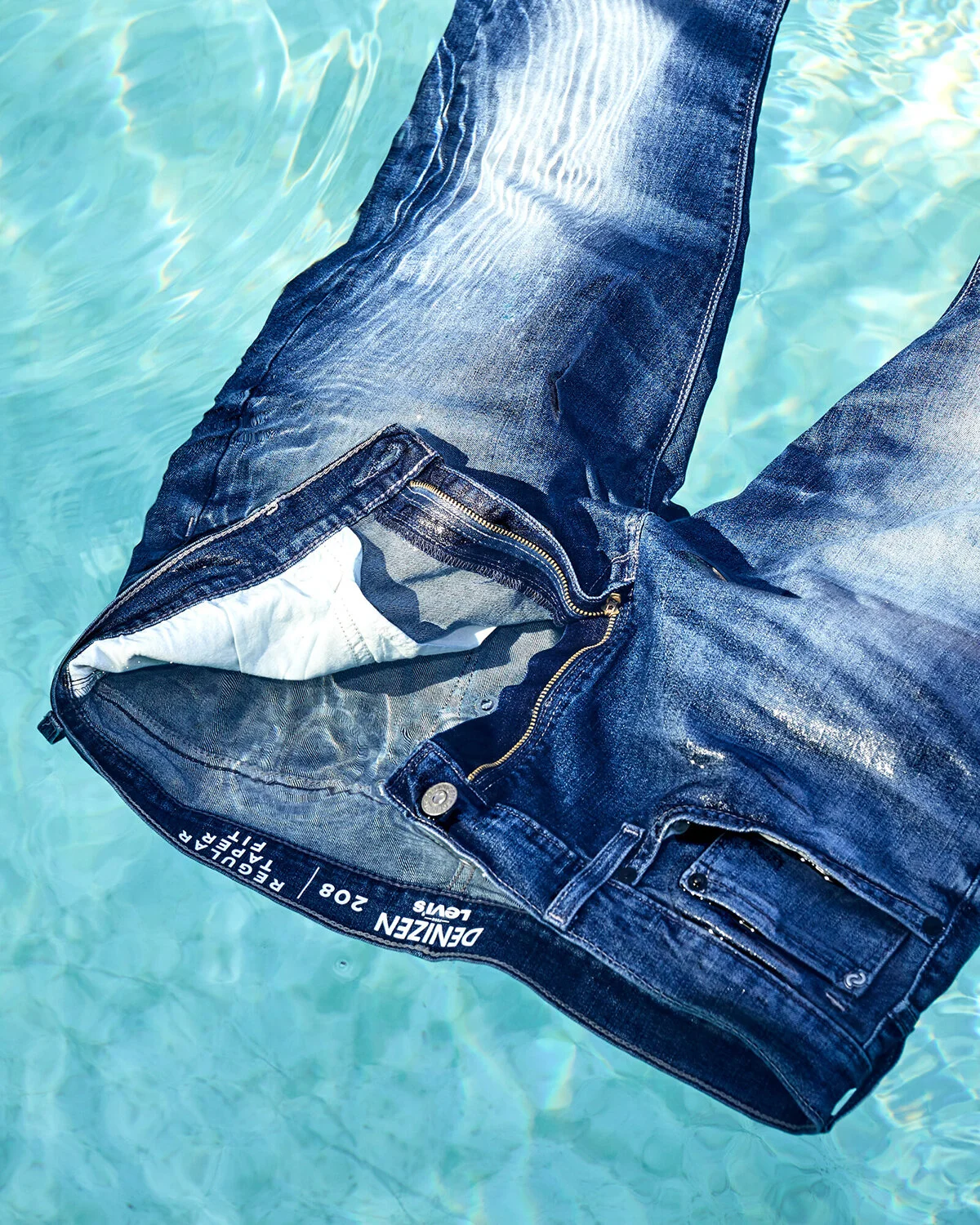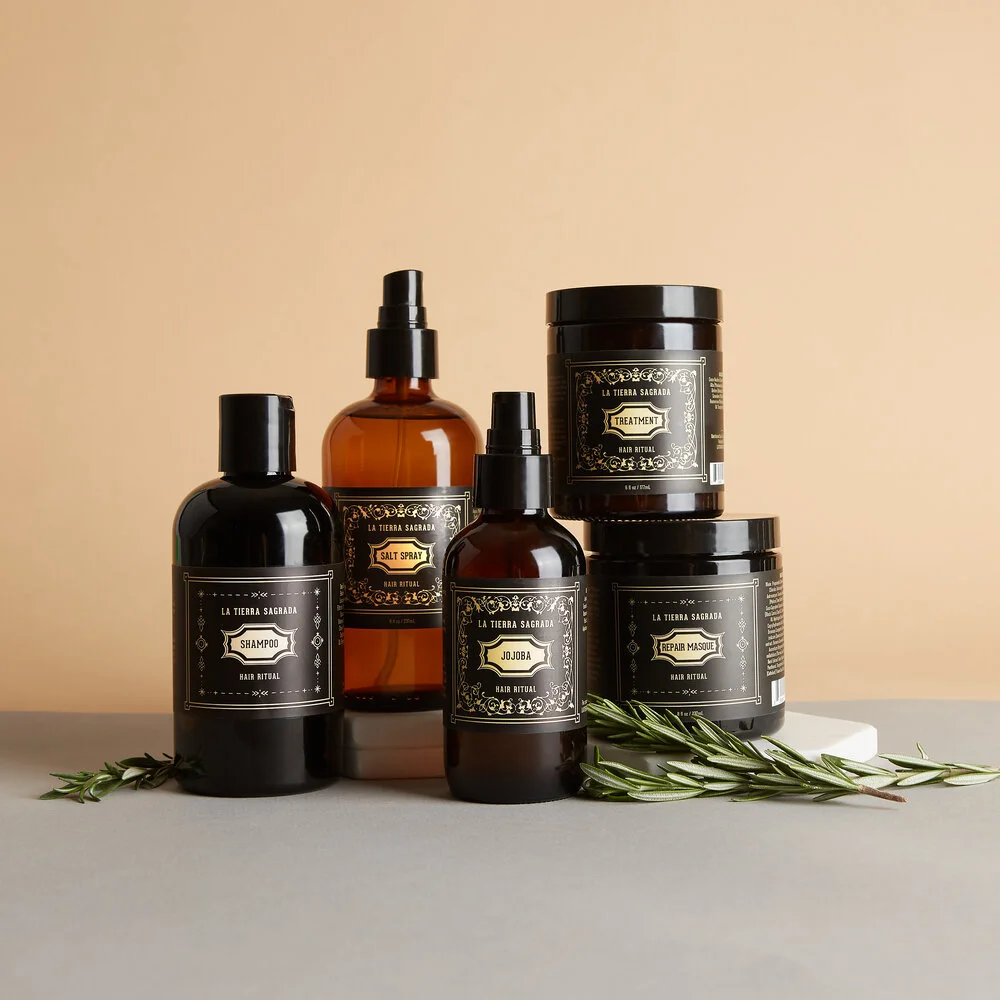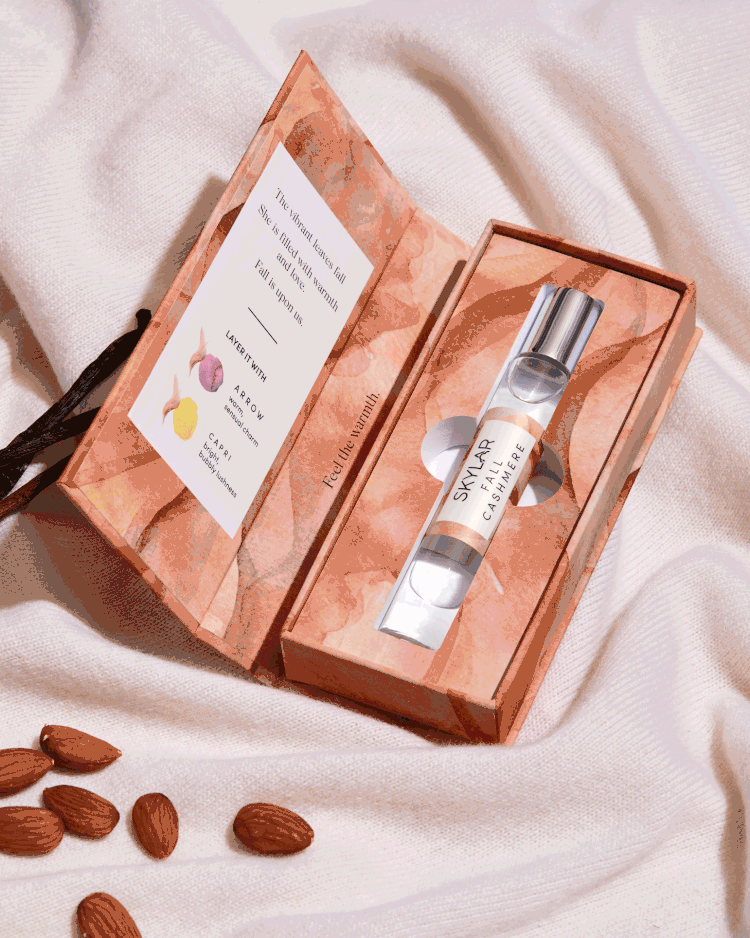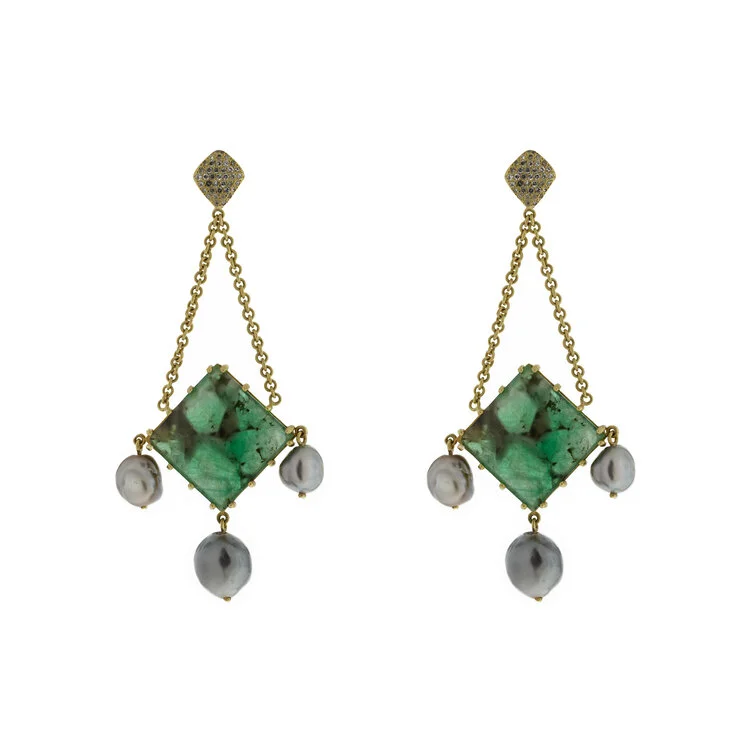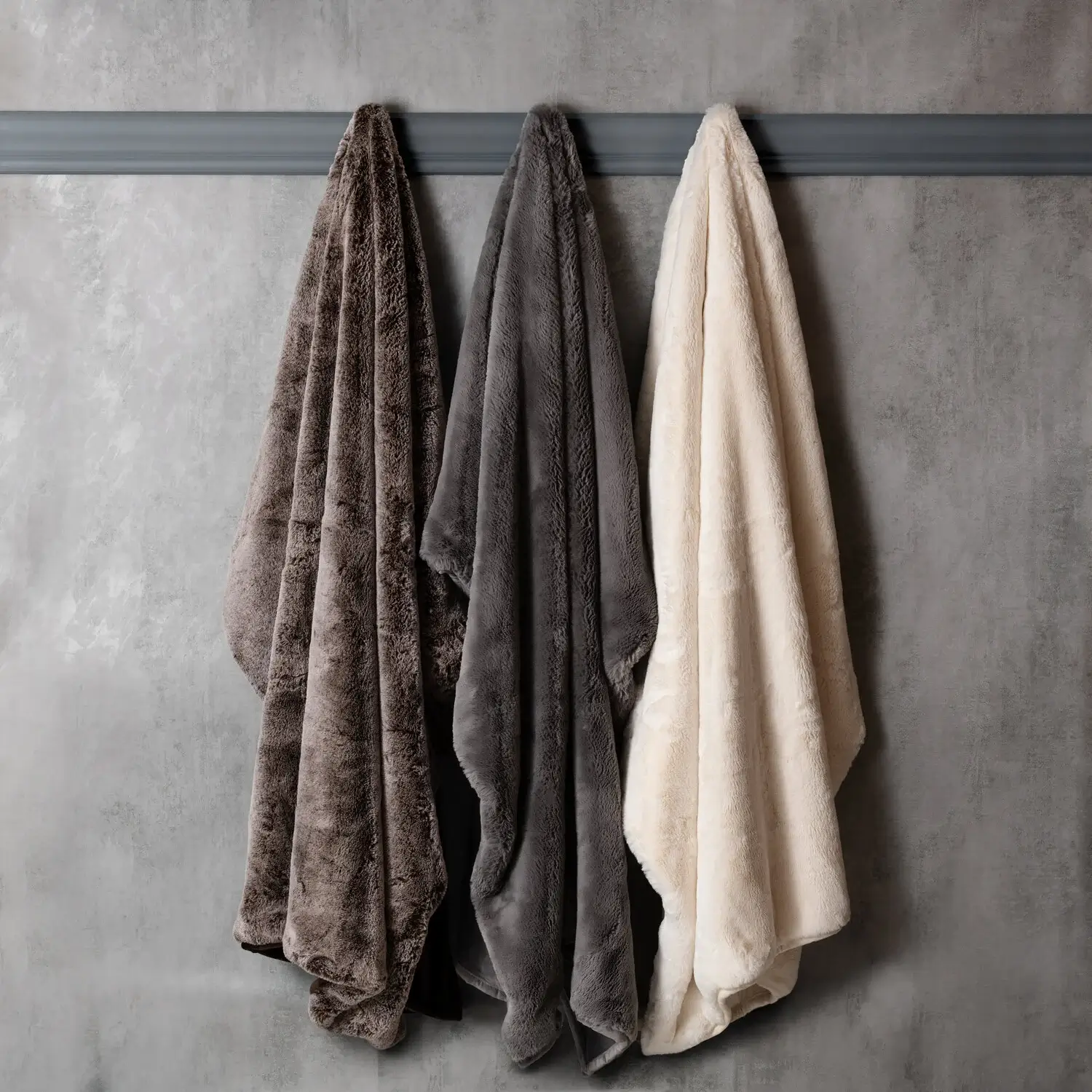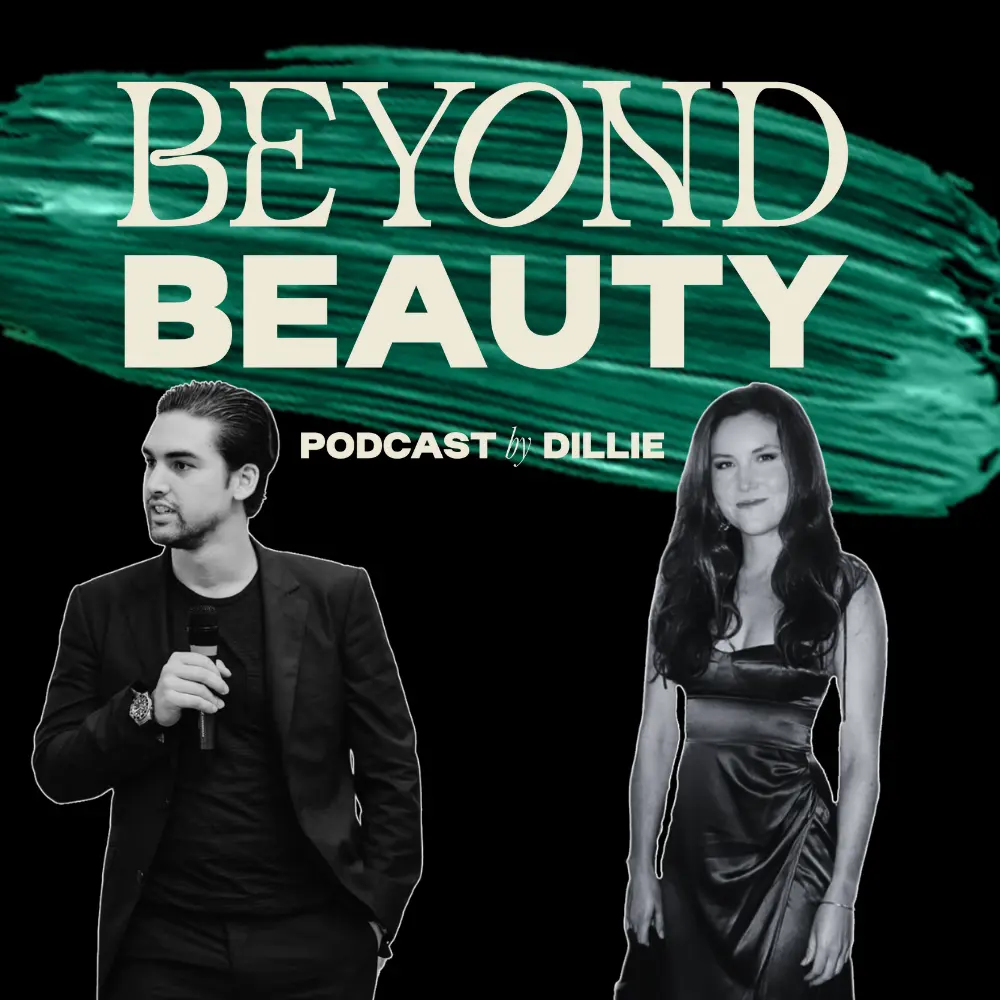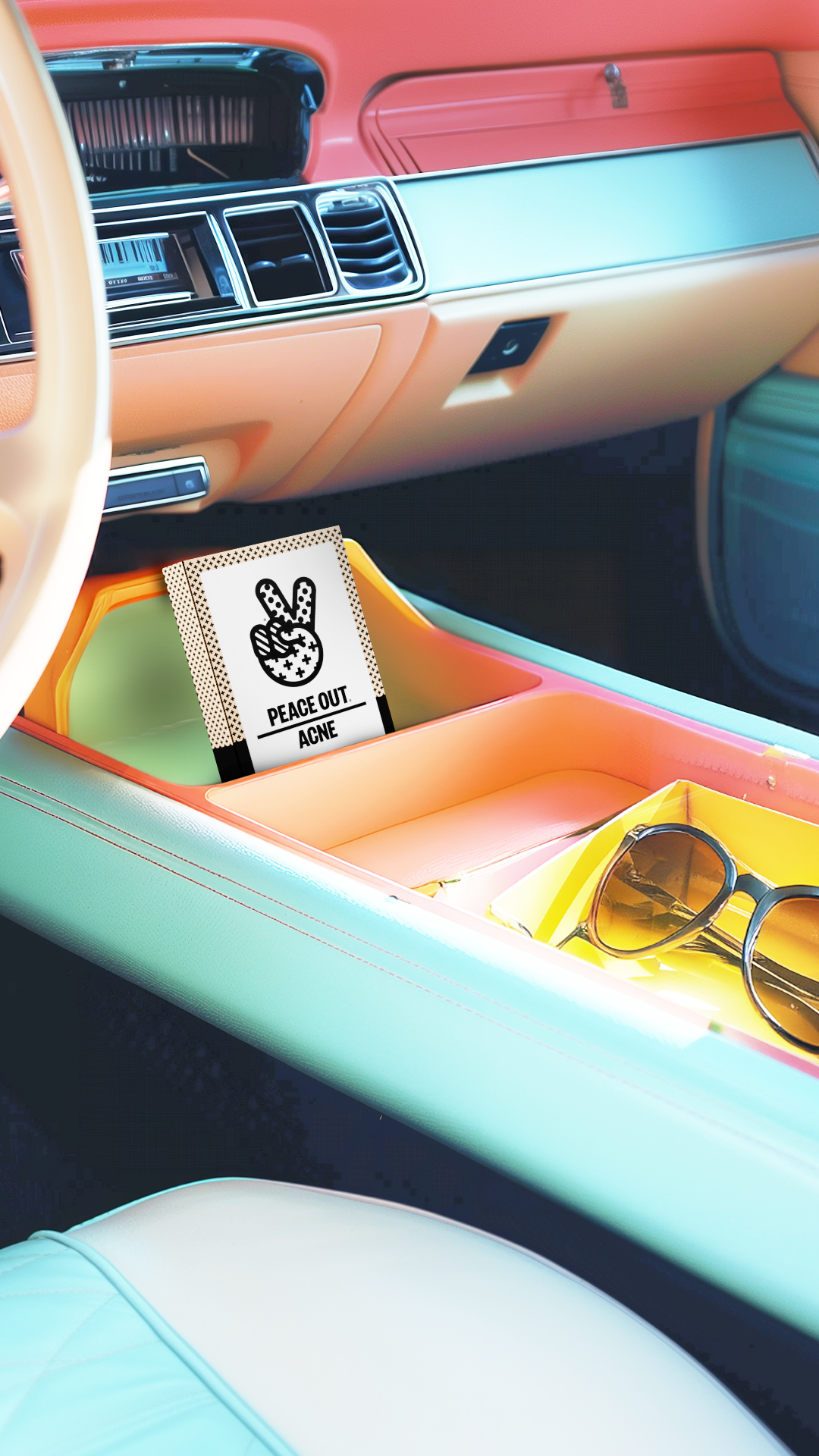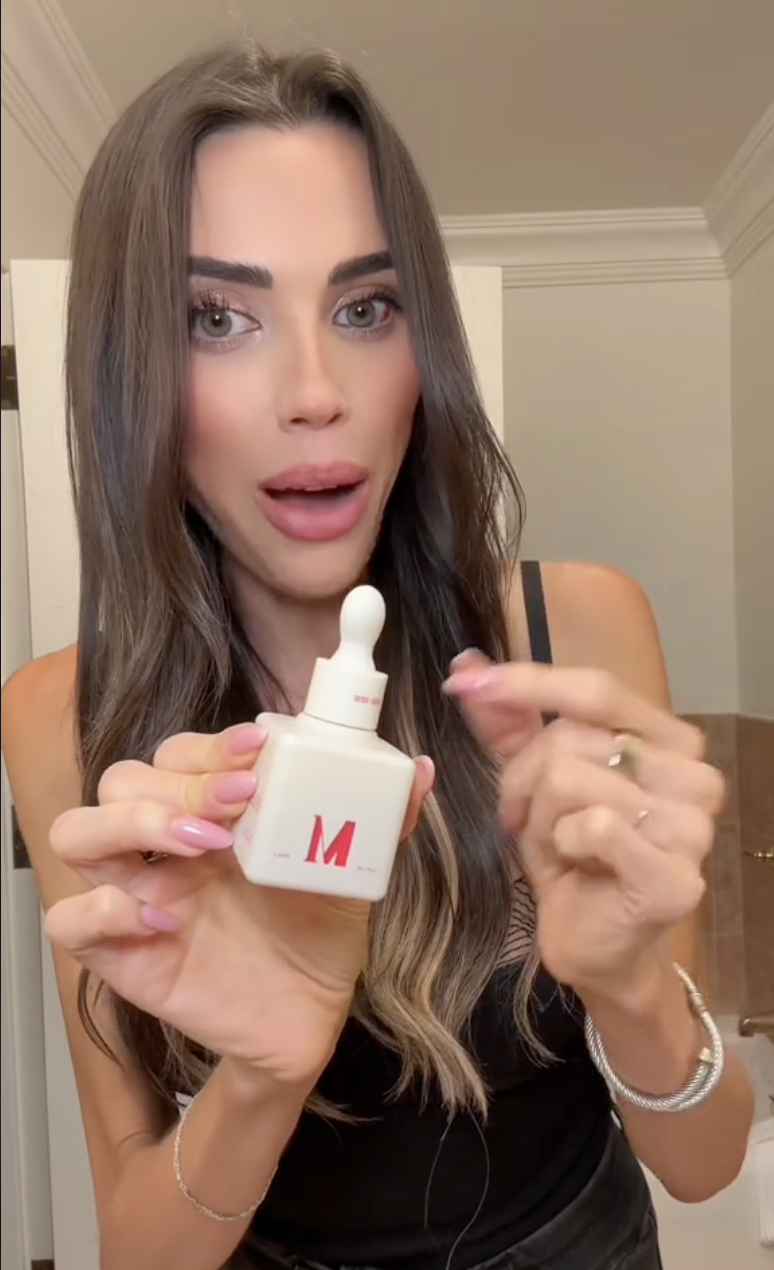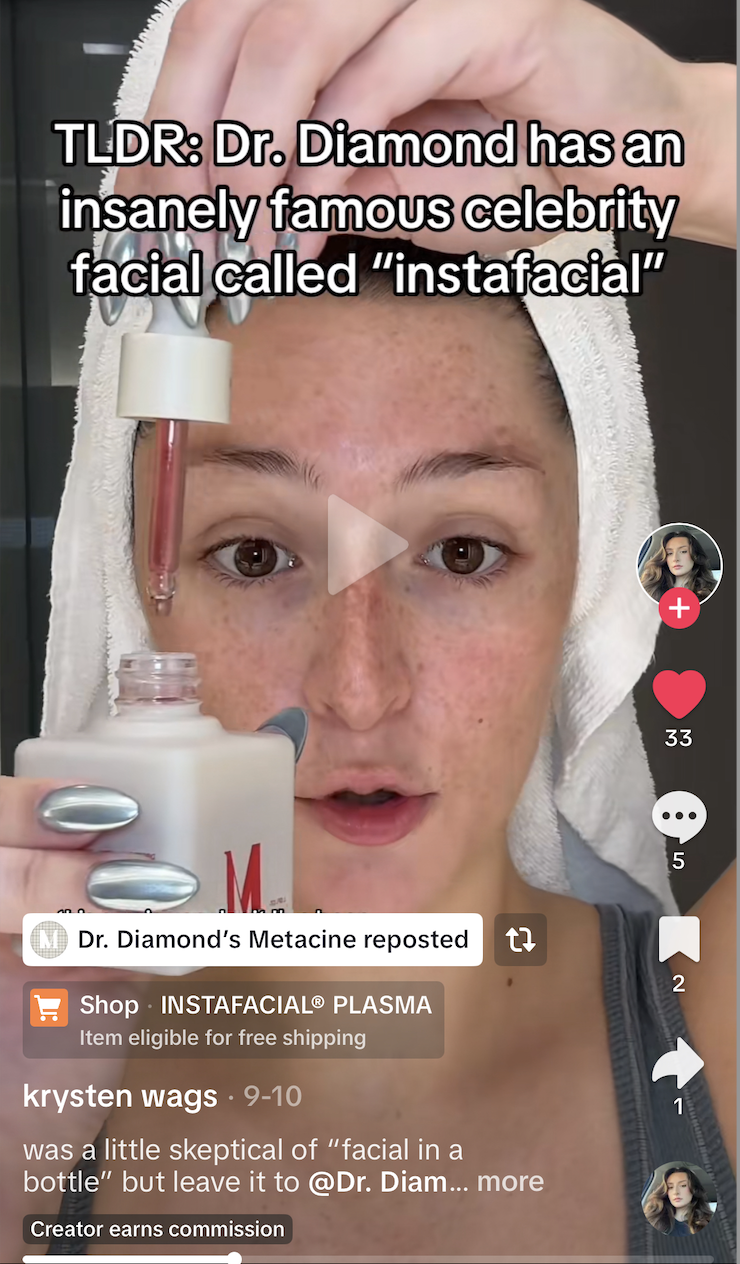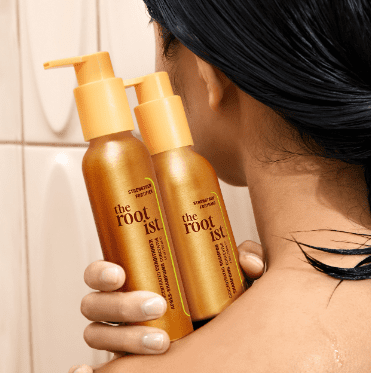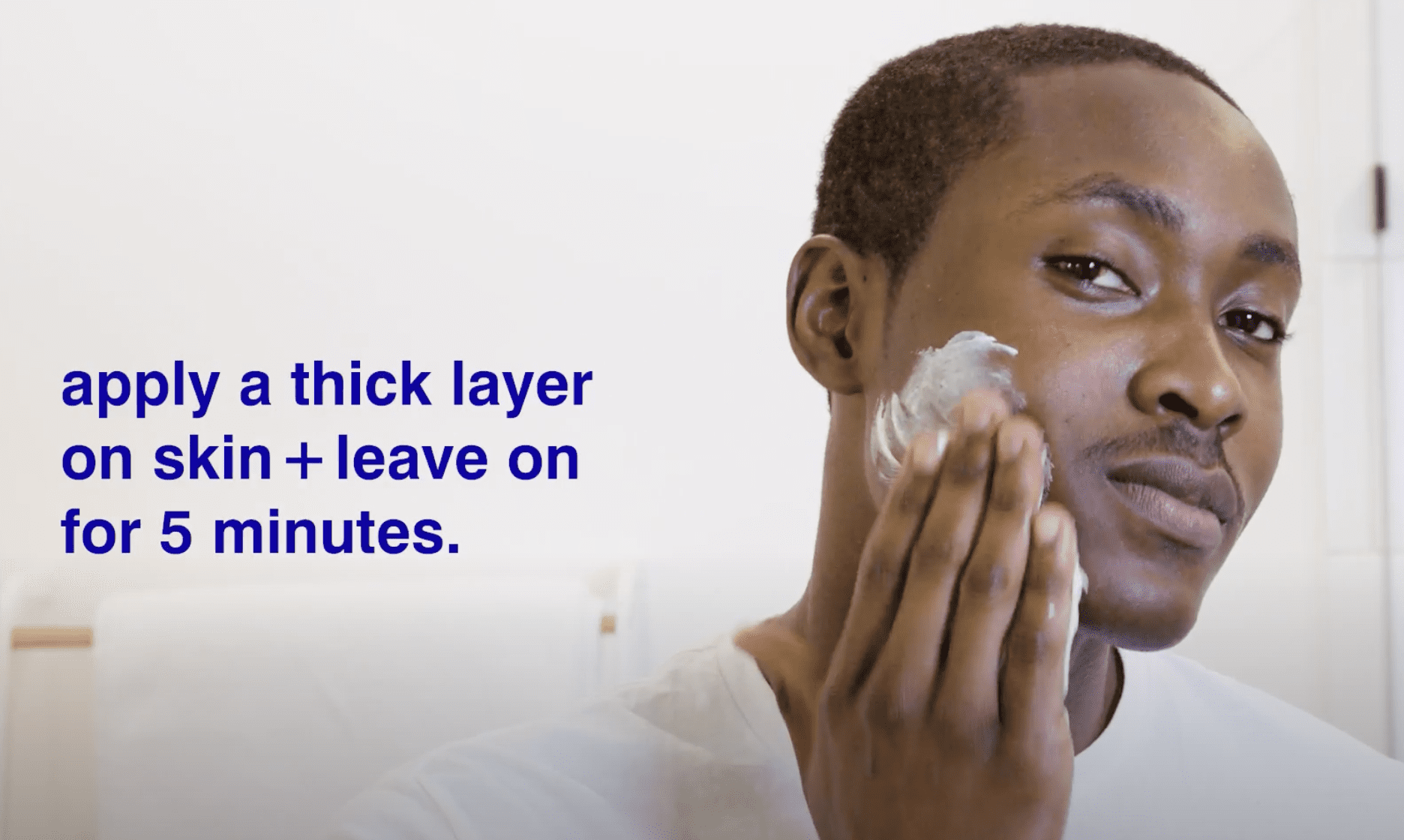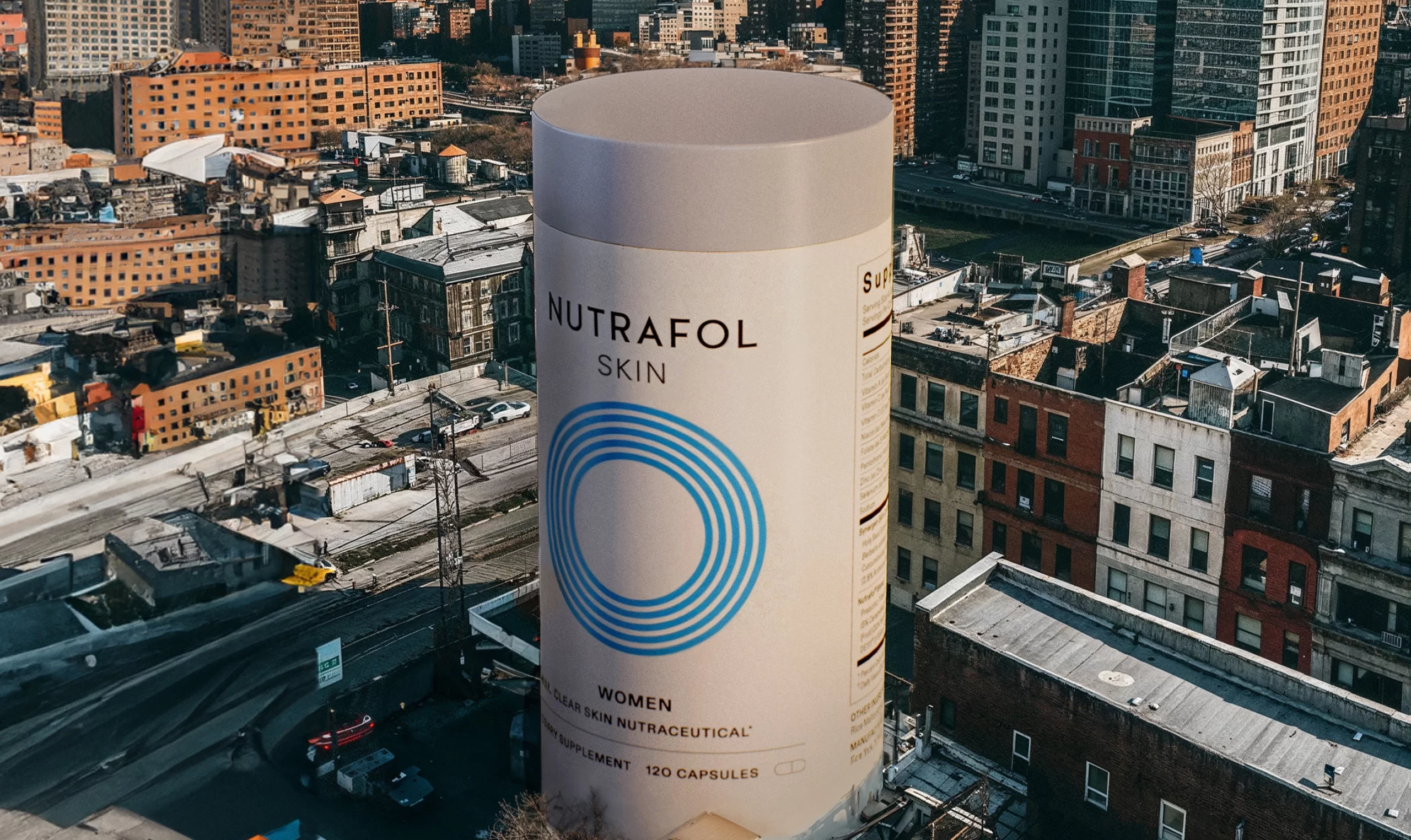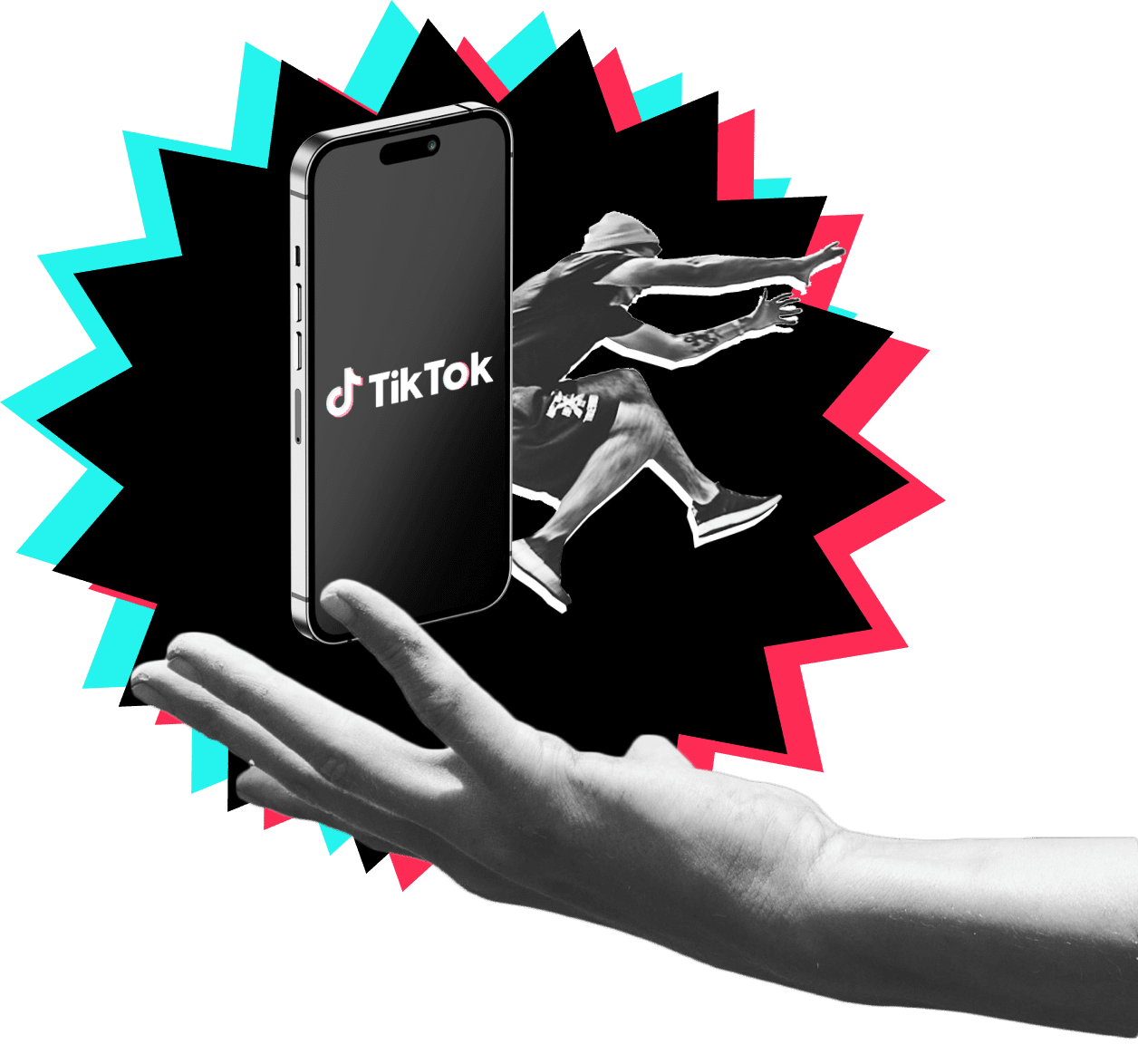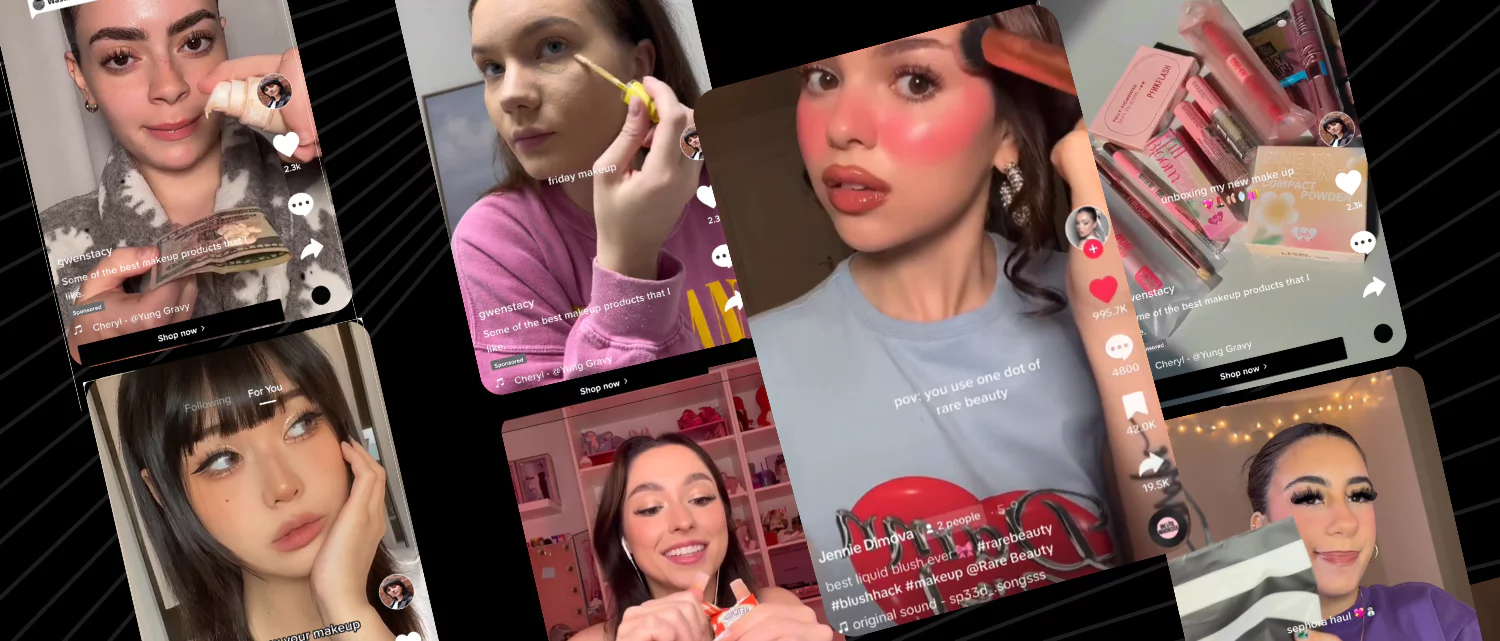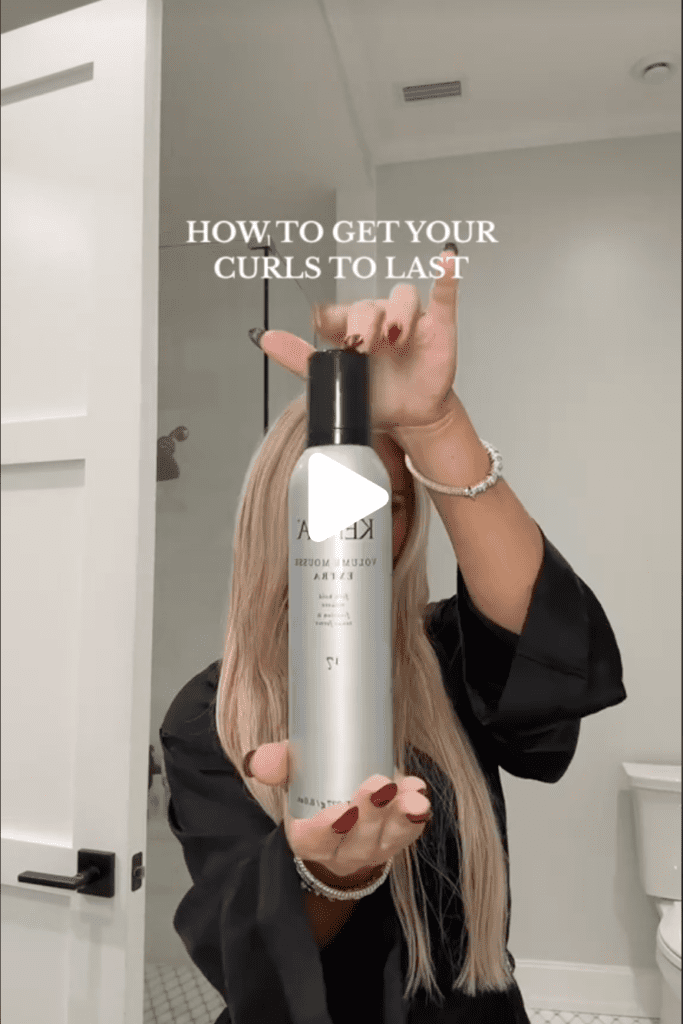
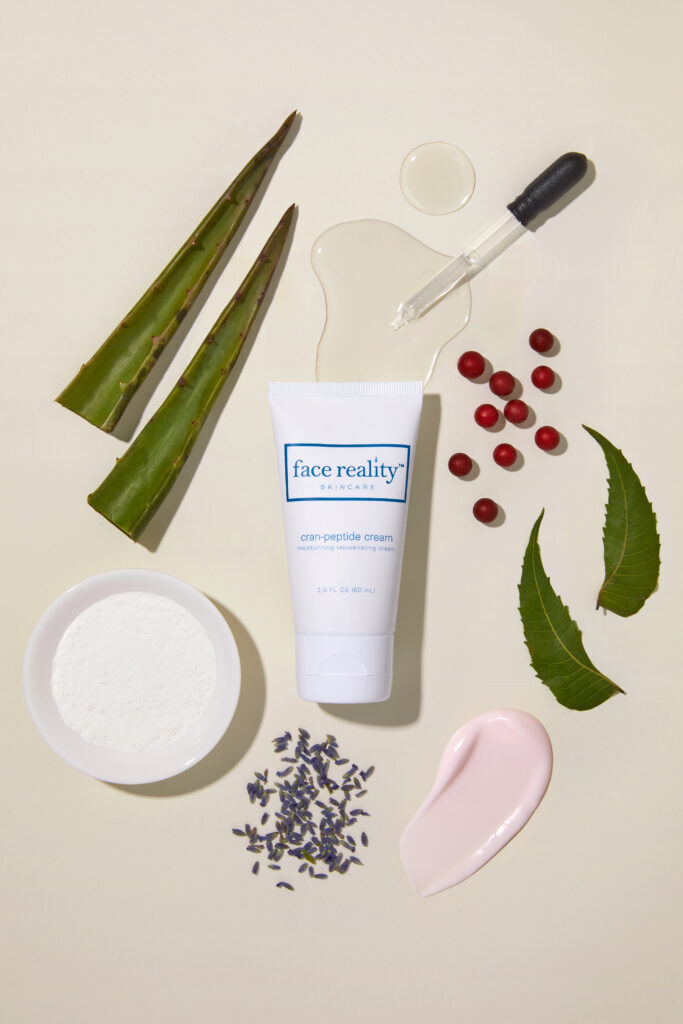



Growing a beauty and personal care brand in 2025 requires staying ahead of trends, leveraging new technologies, and meeting the evolving needs of beauty brands and consumers. Here are actionable strategies to help a beauty brand thrive in 2025:
1. Embrace AI and Automation
- AI-Driven Campaigns: Use AI tools to analyze consumer behavior, predict trends, and personalize marketing campaigns.
- Content Creation with Generative AI: Leverage AI tools to create high-quality visuals, videos, and even product mockups for beauty brands.
- Chatbots and Virtual Assistants: Integrate AI-powered chatbots for beauty brands to enhance customer experience and handle queries 24/7.
- Dillie is a media innovation company producing Gen AI and CGI video content for creators and brands; they’re continuously evolving how they approach mixed reality content

2. Focus on TikTok and Short-Form Video
- TikTok Marketing: Collaborate with beauty influencers on TikTok, where beauty content thrives.
- Short Tutorials: Produce bite-sized, visually appealing makeup or skincare tutorials for platforms like Instagram Reels, YouTube Shorts, and TikTok.
- Trending Sounds and Challenges: Tap into trending sounds and challenges to create relatable, engaging content for beauty brands.
3. Prioritize Inclusivity and Diversity
- Culturally Relevant Campaigns: Develop campaigns that highlight diversity in beauty, showcasing products for all skin tones, hair types, and ages.
- Collaborate with Diverse Creators: Partner with influencers from various backgrounds to build authentic, inclusive campaigns.
4. Build Sustainable and Ethical Campaigns
- Highlight Eco-Friendly Products: Promote beauty brands with sustainability initiatives and zero-waste packaging.
- Green Content: Develop campaigns that resonate with environmentally conscious consumers, focusing on transparency and ethical practices.
- Certifications: Highlight certifications like cruelty-free or vegan in brand messaging.
5. Invest in Influencer Marketing
- Micro and Nano Influencers: Partner with smaller influencers who have highly engaged niche audiences for authentic recommendations.
- Exclusive Collaborations: Help beauty brands design limited-edition products or collections with top influencers to drive buzz.
- Live Shopping Events: Use influencers to host live shopping sessions where they demo products in real-time. Learn more about Live Shopping from Exploding Topics.
6. Leverage Data Analytics for Personalization
- Consumer Insights: Use advanced analytics tools to understand audience preferences and optimize campaigns for better ROI.
- Personalized Ad Campaigns: Create tailored ads based on customer demographics, interests, and shopping habits.
- A/B Testing: Continuously test and refine ad creatives, messaging, and targeting strategies.
7. Tap into Emerging Technologies
- AR and Virtual Try-Ons: Offer augmented reality (AR) solutions for beauty brands, allowing customers to “try on” products virtually.
- Metaverse Campaigns: Explore beauty activations in the metaverse, like virtual beauty stores or interactive brand experiences.
- AI Skin Analysis: Partner with brands to promote AI tools that analyze skin and recommend products.
8. Create Valuable Content
- Educational Content: Build campaigns around skincare routines, ingredient breakdowns, and how-to tutorials to position brands as experts.
- User-Generated Content: Encourage customers to share their experiences with beauty products and amplify their content across platforms.
- SEO Blog Content: Optimize blog posts for trending keywords in the beauty industry to attract organic traffic.
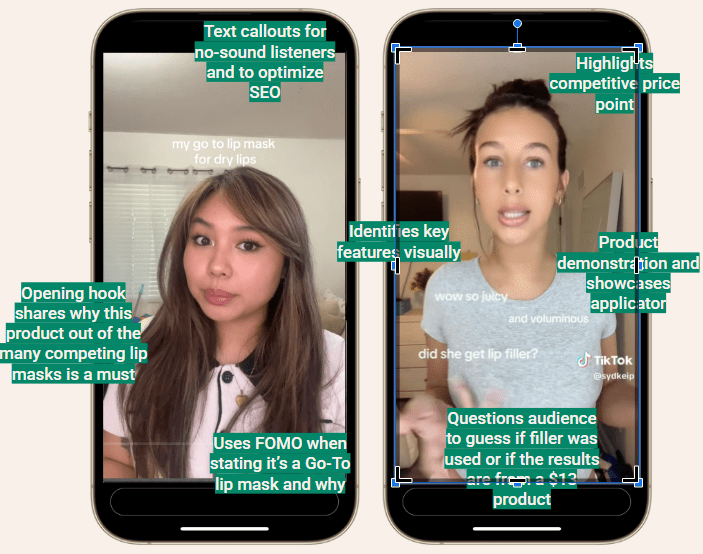
9. Build Community-Centric Campaigns
- Social Media Communities: Help brands foster engaged communities on platforms like Instagram, TikTok, or Discord.
- Interactive Campaigns: Use polls, Q&A sessions, or giveaways to encourage audience participation.
- Support Local Initiatives: Collaborate with local beauty events, charities, or initiatives to build strong community connections.
10. Develop Subscription-Based Services
- Custom Campaign Packages: Offer subscription-based packages tailored to beauty brands’ needs (e.g., influencer management, content creation, and analytics reporting).
- Marketing-as-a-Service: Provide ongoing campaign management or creative services for smaller beauty brands looking for consistent support.
11. Expand Your Offerings
- DTC and E-Commerce Expertise: Provide services that help beauty brands optimize their direct-to-consumer sales strategies.
- Affiliate Marketing Programs: Set up affiliate programs for brands, helping them incentivize creators and drive sales.
- Event Marketing: Help brands host pop-up events, product launches, or virtual masterclasses.
12. Stay Ahead of Trends
- Track Beauty Trends: Regularly analyze beauty trends like skin minimalism, hybrid skincare, or beauty-tech innovation and align marketing strategies accordingly.
- Spate tracks the latest in beauty and personal care trends
- Monitor Consumer Behavior: Pay attention to Gen Z and millennial shopping preferences, as they dominate the beauty market.
- Leverage Trend Forecasting Tools: Use platforms like Trendalytics to stay informed about emerging beauty products, aesthetics, and ingredients.
13. Build Strategic Partnerships
- Collaborate with Tech Companies: Partner with AI and AR companies to offer innovative solutions to beauty brands.
- Influencer Platforms: Work with influencer marketing platforms to streamline creator campaigns.
- Cross-Industry Collabs: Create campaigns that blend beauty with fashion, wellness, or fitness industries for a holistic approach.
By embracing these strategies and maintaining a customer-first mindset, a beauty marketing agency can position support a beauty and personal care brand as an essential partner for driving sales and building a stronger brand identity 2025.
To connect with Dillie, a marketing and innovation partner for beauty and personal care brands, email [email protected] to learn more.
